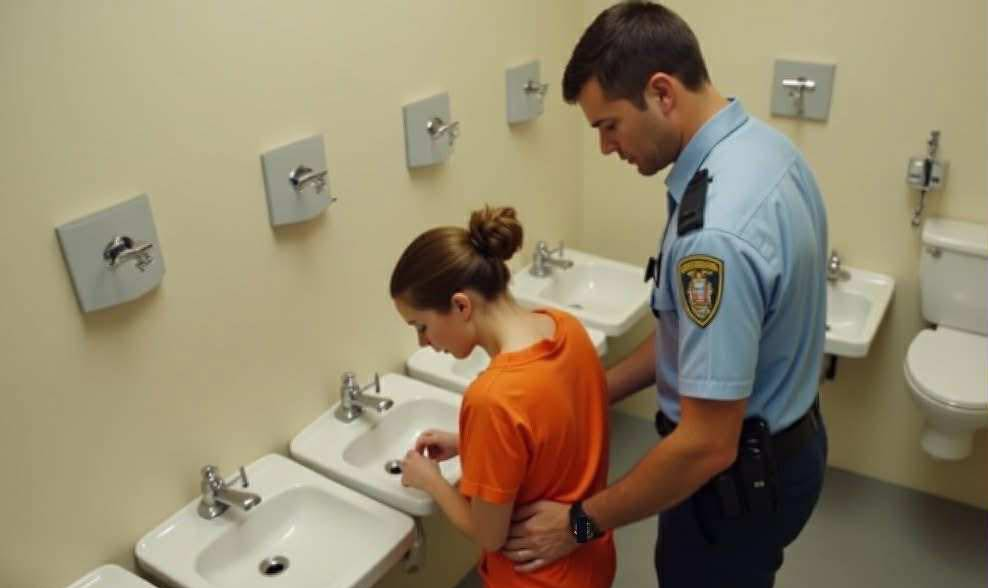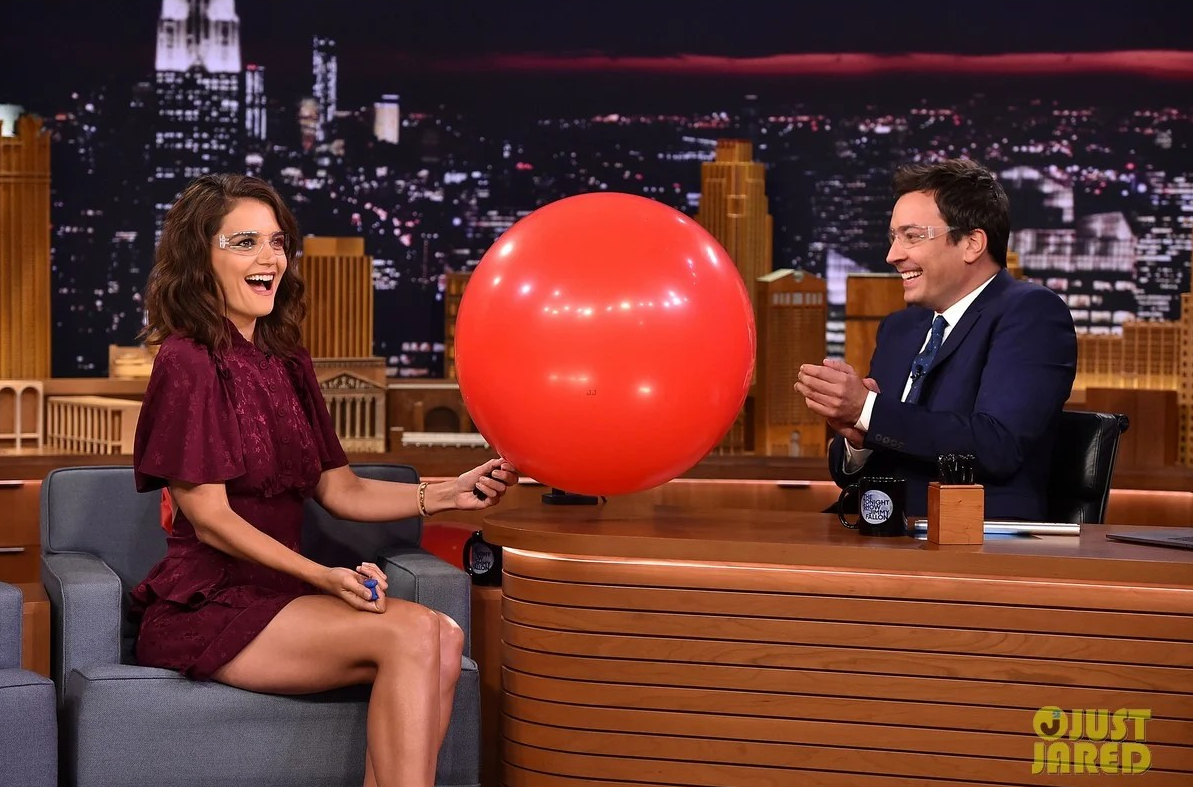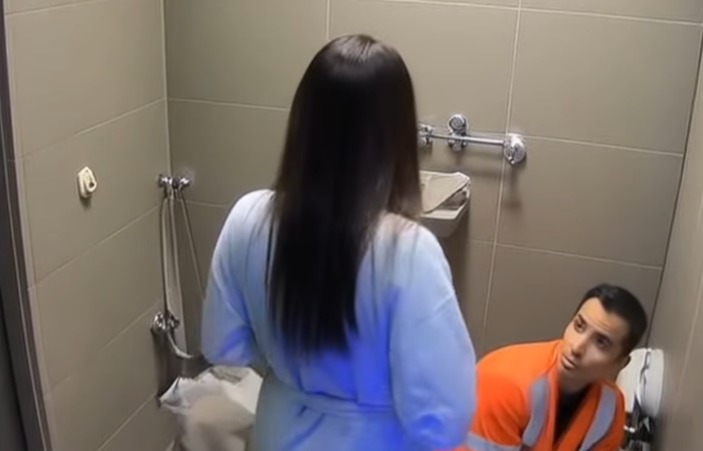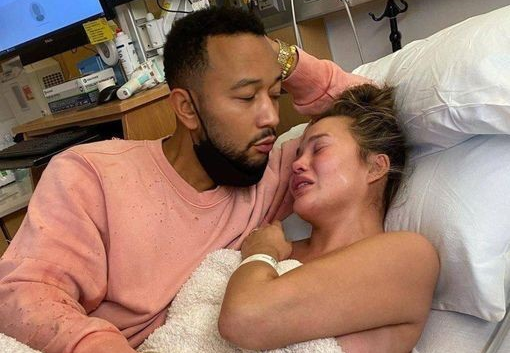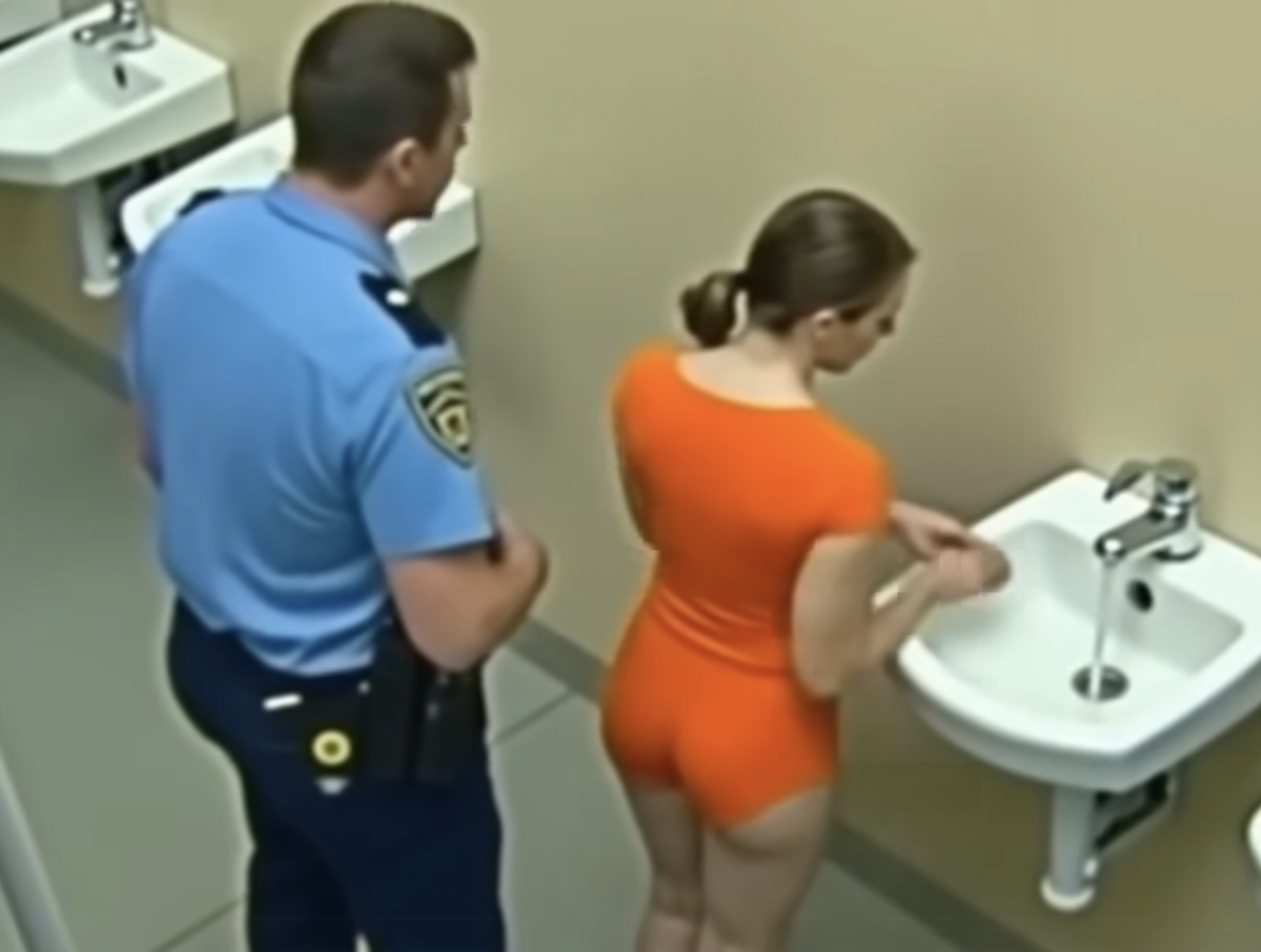 In the bustling heart of the city, where the hum of traffic and chatter of pedestrians created a constant symphony, Officer Tom Grady walked his daily beat. He was a seasoned policeman, well-respected in the community for his dedication and fair approach. He believed in the power of communication and empathy, striving to build a bridge between law enforcement and the citizens they served.
In the bustling heart of the city, where the hum of traffic and chatter of pedestrians created a constant symphony, Officer Tom Grady walked his daily beat. He was a seasoned policeman, well-respected in the community for his dedication and fair approach. He believed in the power of communication and empathy, striving to build a bridge between law enforcement and the citizens they served.
One cloudy afternoon, Grady was dispatched to a local park where an argument between two street performers had escalated. As he approached the scene, he could already hear the raised voices over the usual din of the city. The crowd had gathered, as it often does when something unusual catches their attention, forming a semicircle around the performers.
Grady’s presence was immediately felt, his uniform a symbol of authority that commanded attention. He took a deep breath, reminding himself to stay calm and composed, and pushed through the throng of onlookers. The two performers, a juggler and a mime, were in each other’s faces, their argument growing louder with each exchange.
“Alright, everyone, let’s take it down a notch,” Grady said, positioning himself between the two. “I’m Officer Grady, and we’re going to sort this out.”
The juggler, a tall man with a shock of red hair, was animated in his frustration. “This guy,” he pointed at the mime, “keeps encroaching on my spot. I’ve been performing here for years!”
The mime, who had stayed in character, broke his silence. “I wasn’t aware this patch of grass was reserved. We all have to share the space.”
Grady nodded, absorbing their perspectives. “I understand both of your concerns. The park is public property, and there’s room for everyone. How about we find a compromise?”
As they deliberated, Grady was unaware that a new element had entered the scene—a small, unobtrusive camera mounted on a nearby lamppost. The city had recently installed these to monitor public areas for safety, but Grady, absorbed in his work, had momentarily forgotten its presence.
The discussion continued, and the performers eventually agreed on a time-sharing arrangement. The juggler and mime shook hands, grudgingly at first, then with genuine warmth as they realized they could turn their rivalry into a collaborative act. The onlookers, who had grown silent, broke into applause when the performers bowed to each other, signaling a peaceful resolution.
Grady felt a sense of accomplishment, having mediated the conflict without issuing a single citation. He turned to leave, his attention already shifting to the next task at hand. As he walked away, he was blissfully unaware that the camera had captured every moment of the encounter.
A few days later, the footage was reviewed by the precinct as part of routine checks. The video of Grady’s calm and effective mediation quickly became a topic of conversation among his peers. His ability to de-escalate the situation using diplomacy rather than force was heralded as the epitome of community policing.
When Grady was informed of the video, he was initially embarrassed by the attention. “I was just doing my job,” he said modestly. But his actions resonated beyond the confines of the park. The footage was shared online, where it was praised by citizens and officials alike as an example of how law enforcement can build trust and respect within the community.
In a world where negative interactions with police often dominate the headlines, Grady’s story served as a reminder of the positive impact an officer can have by simply listening and seeking to understand. And though Grady had forgotten the camera was there, it had not forgotten him, capturing a moment of humanity and professionalism that would inspire others long after the crowd had dispersed and the city had returned to its rhythmic hustle.
